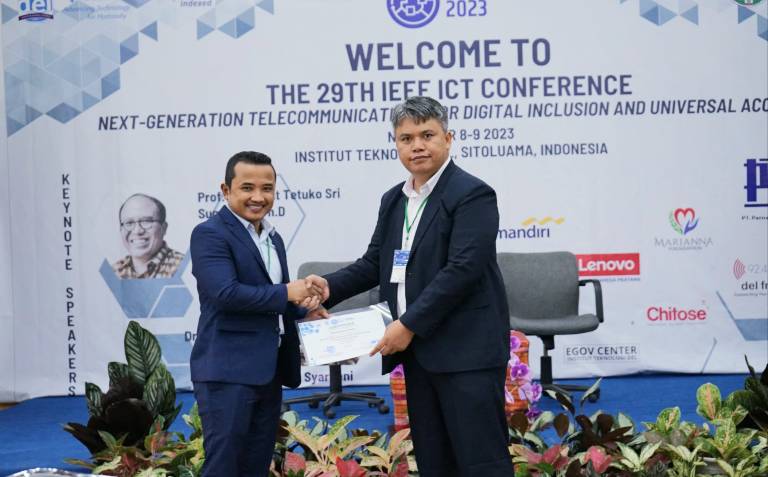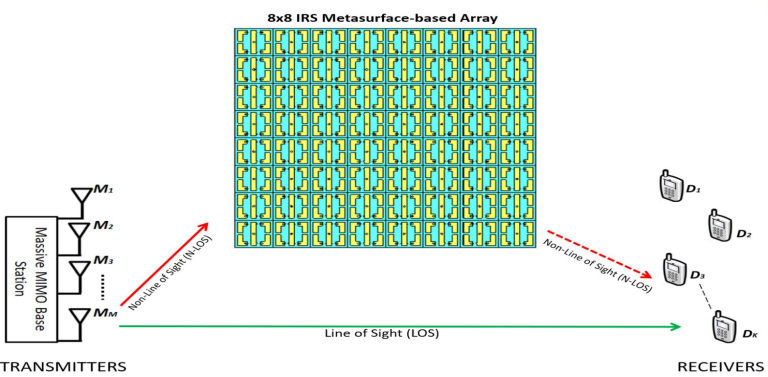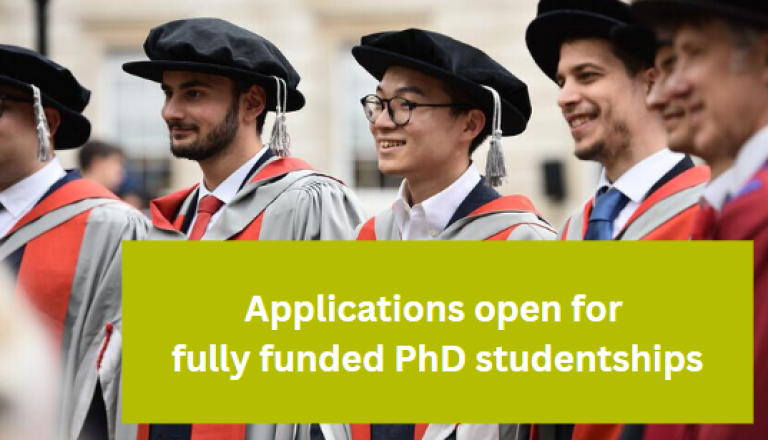UCL PhD student receives best paper award at IEEE Conference on Telecommunications
6 December 2023
UCL Electronic and Electrical Engineering’s Hadumanro Malau receives best paper for work on Intelligent Reflecting Surfaces (IRS) for next generation wireless networks.

Hadumanro Malau has received the Best Paper award at the prestigious 29th IEEE International Conference on Telecommunications (ICT) for his PhD research exploring Programmable Metasurfaces as a key enabler technology for future 6G wireless communications. Malau’s paper, “Intelligent Reflecting Surfaces (IRS) Metasurface-based with Tunable Varactor Diodes for Advanced 6G Wireless Applications”, coauthored by Malau and UCL Electronic and Electrical Engineering’s Professor Kin-Fai Tong and Professor Kai-Kit Wong, explores a design scenario for Intelligent Reflecting Surfaces (IRS) to overcome current barriers to expansion.
The conference, this year hosted at Del Institute of Technology in Toba, Indonesia, focuses on the advancements and latest research in the field of telecommunications. Since 1991 it has been held annually, to bring together researchers, engineers, and practitioners from around the world to exchange ideas and discuss the latest trends and developments in telecommunications. Having performed well across IEEE’s criteria for publications, with strong mathematical analysis and structure, as well as a strong presentation, Malau’s paper received the best paper award.
Malau was also invited to give a speech at the conference, speaking on current impacts and challenges within the field of telecommunications, emphasising the ethical, technical and societal dimensions to telecommunications research. He also highlighted the value in collaborations between esteemed institutions like Del Institute of Technology and UCL.
Malau’s paper explores Intelligent Reflecting Surfaces (IRS), aiming to create technology for 5G and 6G that is more efficient and intelligent than traditional reflective surfaces in current wireless networks. IRS metasurfaces are materials engineered from various separate materials, such as plastic, metal and liquid crystals, which are combined to make one new material with unique properties.
Current traditional reflective surfaces have little control over how or where the signals bounce back, but IRS metasurfaces can control the direction in which the signals bounce back and interact with the environment. This enhances the reliability of data transferring and processing, and, being low-power and low-complexity sensors, they have good potential for scaleability. However, there are barriers to the deployment of these surfaces, especially in prospective 6G networks, due to bandwidth limitations and restricted reflection phase ranges in their unit cells.

IRS Metasurafces-based Array System Model. With intelligent reflective surfaces (IRS), the direction the signal bounces off the surface from the transmitter to the receiver can be controlled.
The paper presents a design scenario for IRS metasurfaces to address these hurdles; leveraging varactor diodes to enable real-time reconfiguration. The dynamic modification of the metasurface’s fundamental structure allows for adaptive alterations in its electromagnetic properties, pivotal in addressing challenges such as bandwidth constraints and limited reflection phase range crucial for future wireless applications.
Malau, who is also co-author of the book “The Potential of Mobile Telecommunications Innovation for Indonesia”, speaks on the potential influence IRS technology will have on the sector:
“This may be a transformative technology in wireless communications. With 4G, 5G and 6G continuing to advance, this technology will play an integral role to enabling reliable high capacity, high data communications over future networks. It has already been proved that this technology can be integrated with AI, using machine-learning or deep-learning and advanced algorithms to further advance network performance.
With future technologies needing to be smart, Malau’s future work will focus on integrating metasurfaces with machine learning. For example by using AI enabled metasurfaces that incorporate user behaviour, such as variations in bandwidth, data and speed needs.
Links
- Hadumanro Malau’s profile
- 29th IEEE ICT Conference Toba, Indonesia
- Book: The Potential of Mobile Telecommunications Innovation for Indonesia
Inspired by Malau? PhD studentships available now:
Applications are open for 70 fully funded UCL ESPSRC DTP studentships, with 11 potential Electrical and Electronic Engineering projects available. The deadline for applications is 8 January 2024. For more information, please see:

 Close
Close

